Vacuum Food Sealers.
Grumpy1401
9 years ago
Related Stories

FARM YOUR YARDHello, Honey: Beekeeping Anywhere for Fun, Food and Good Deeds
We need pollinators, and they increasingly need us too. Here, why and how to be a bee friend
Full Story
KITCHEN DESIGNWonderful Wood Countertops for Kitchen and Bath
Yes, you can enjoy beautifully warm wood counters near water sans worry (almost), with the right type of wood and sealer
Full Story
DECORATING GUIDESGadget Watch: What's New for the High-Tech Home
A heater fan, robotic vacuum, solar-powered iPhone charger and other hot home gadgets
Full Story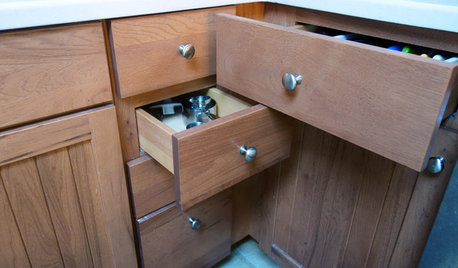
FUN HOUZZ10 Truly Irritating Things Your Partner Does in the Kitchen
Dirty dishes, food scraps in the sink — will the madness ever stop?
Full Story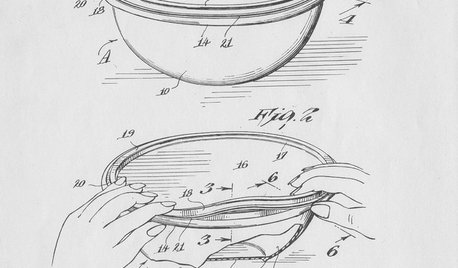
FEATURESHow Tupperware’s Inventor Left a Legacy That’s Anything but Airtight
Earl S. Tupper — and his trailblazing marketing guru, Brownie Wise — forever changed food storage. His story is stranger than fiction
Full Story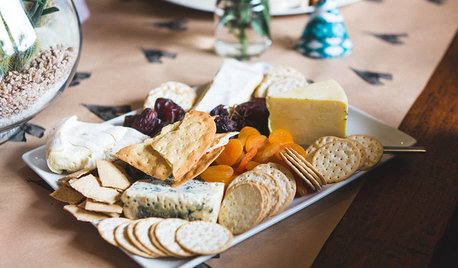
ENTERTAININGSimple Pleasures: The Reimagined Potluck
Party guests can bring more to the table than just the food. Enlisting help with setup, decorations and drinks spreads the work and the fun
Full Story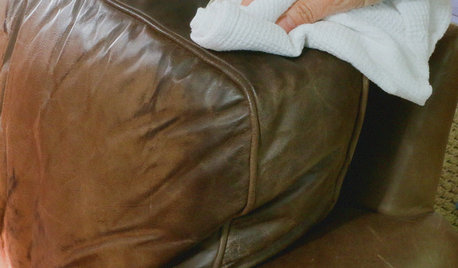
Common Household Cleansers for Leather Upholstery
Clean and condition your leather sofa, chairs, handbags and more with ingredients already in your cabinets
Full Story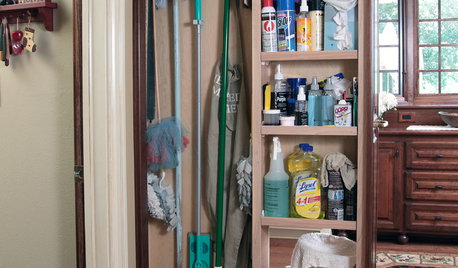
CLOSETSGet Your Broom Closet Just Right
The Hardworking Home: Make cleanup easier with storage space that neatly organizes your equipment and supplies
Full Story
HEALTHY HOMEWhat You Need to Know About Dust and How to Fight It
Breathe easier with these 10 tips for busting mites, dander and other microscopic undesirables
Full Story
FALL GARDENING5 Ways to Put Fall Leaves to Work in Your Garden
Improve your soil and yard the organic way with a valuable garden booster that grows on trees
Full Story


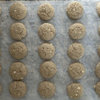


nanny98
plllog
Related Discussions
Helpful tip for using the vacuum jar sealer
Q
Food Saver Vacuum Sealer - Plastic Taste
Q
Reynolds Handi-Vac. Vacuum Sealer...have you tried it?
Q
Miele vacuum drawer, IrinoxZero or other vacuum sealer recommendations
Q
grainlady_ks
sleevendog (5a NY 6aNYC NL CA)
dcarch7 d c f l a s h 7 @ y a h o o . c o m
plllog
anoriginal
arley_gw
OldDutch (Zone 4 MN)
dcarch7 d c f l a s h 7 @ y a h o o . c o m
arley_gw
ryseryse_2004
dcarch7 d c f l a s h 7 @ y a h o o . c o m
plllog
dcarch7 d c f l a s h 7 @ y a h o o . c o m